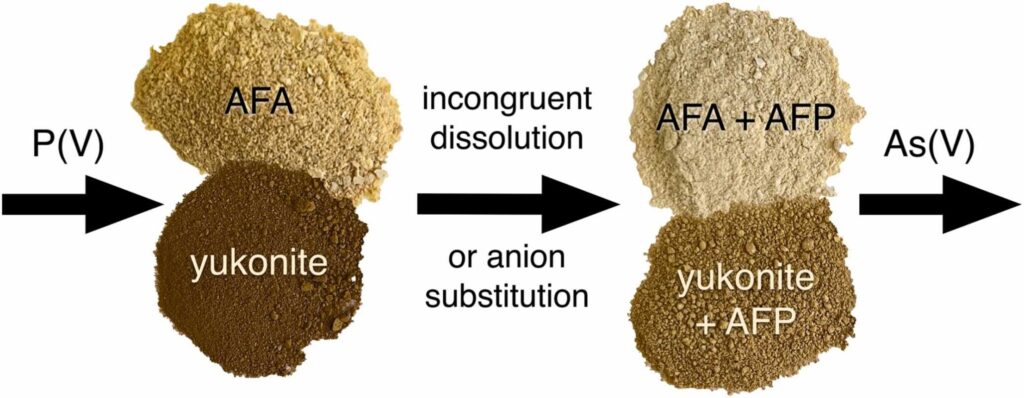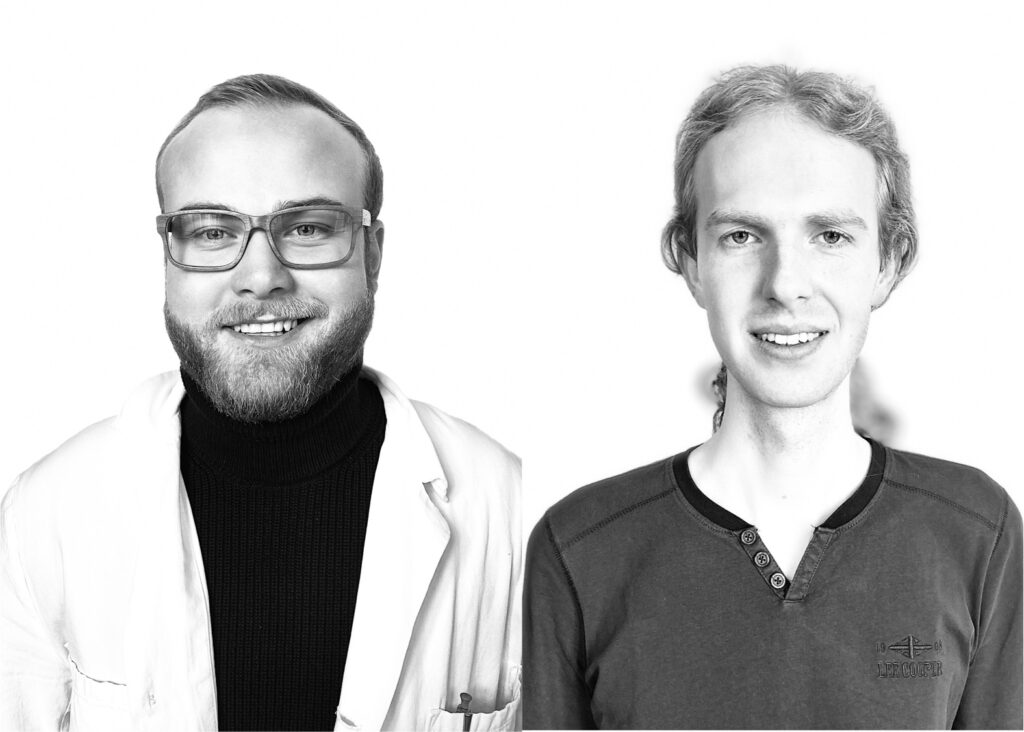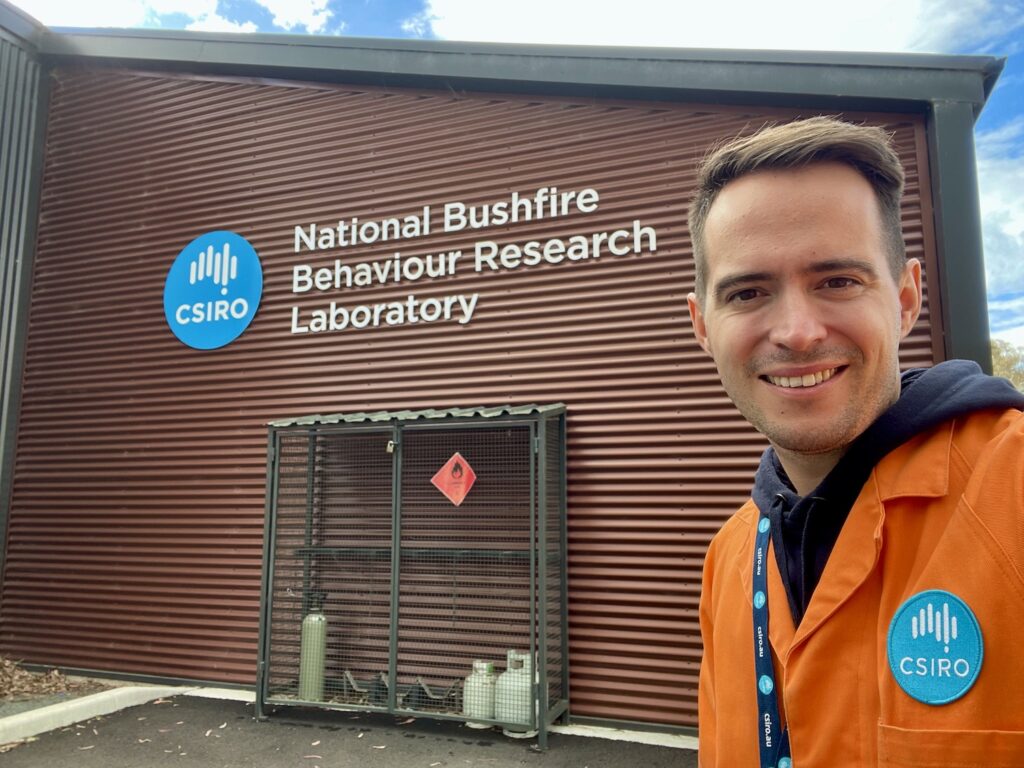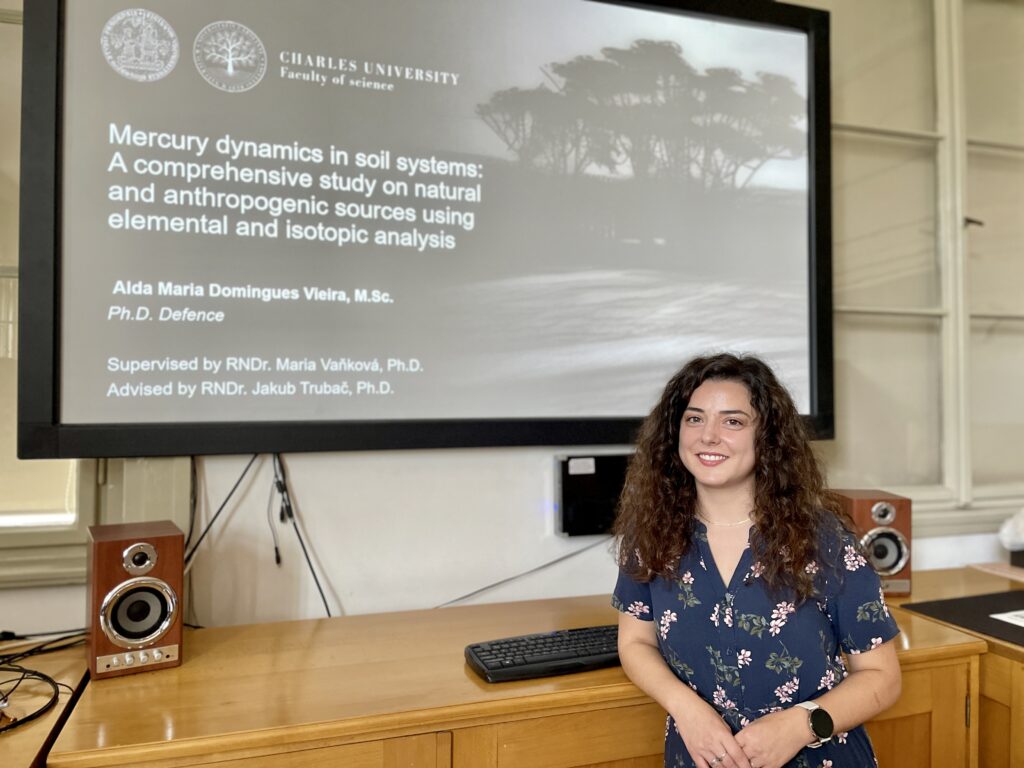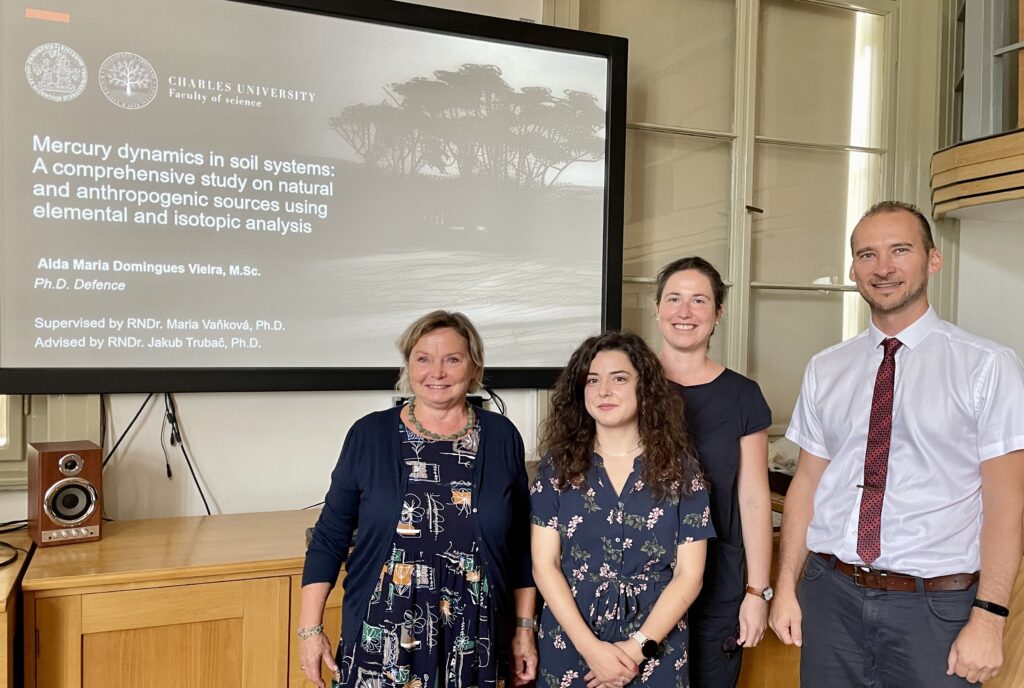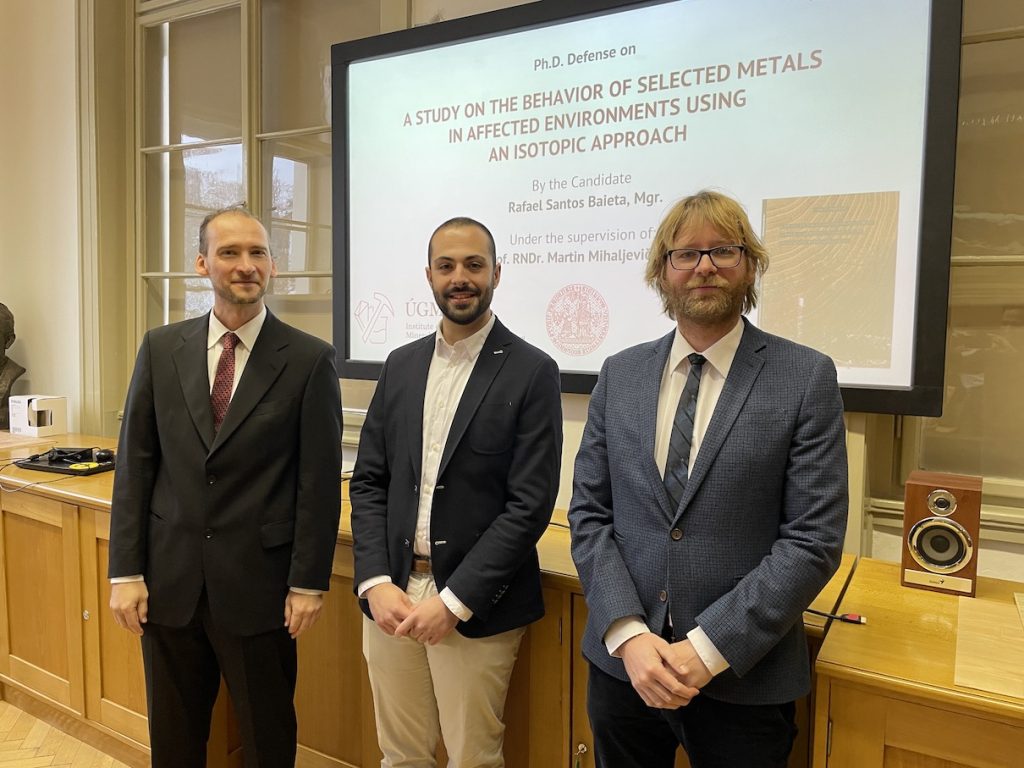
Our new study reveals that the health risk from arsenic-contaminated soil and mine waste is not just about how much arsenic is present—but what form it takes. We tested 16 environmentally important arsenic minerals using a method that mimics human digestion. Results showed bioaccessibility ranged from nearly zero to 100%, depending on the mineral. When mixed with soil, arsenic from low-solubility minerals became even less bioaccessible. These findings highlight the crucial role of mineralogy in assessing arsenic exposure risks.
Drahota P., Ettler V., Košek F. (2025): Arsenic bioaccessibility in environmentally important arsenic minerals. Journal of Hazardous Materials 485, 136838. (DOI)










